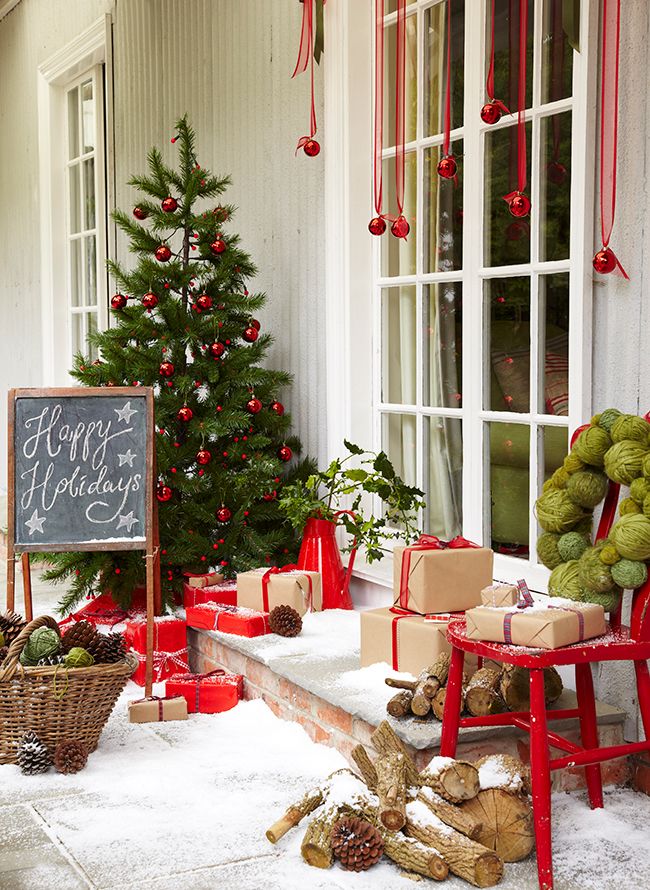
The Fragrance of Spring :: The Rose
“What’s in a name? That which we call a rose, by any other name would smell as sweet”. ~ Juliet
This past week, I led my Junior Master Gardener class down a path at our local garden center. The flowers were in bloom, the breeze blew gently and the fragrance of spring wafted through the air. Immediately, one wonderfully potent scent stood out among all the rest – the rose. Its tender yet sweet, intoxicating fragrance enthralled my senses and made me take pause.
The rose, is my personal favorite in the garden. Its ability to add height, fragrance, dimension, color and even pluck the senses makes it a perfect garden additive. From rose trees to miniatures, the rose’s variety lends an old-world beauty to a modern time.
Historically, roses were first cultivated in China approximately 5,000 years ago. Throughout the Roman Empire, roses were grown in public gardens and were used in numerous ways – medicines, confetti in parades and perfumes. During the 1400s, the rose became a symbol of feuding factions during England’s War of the Roses. In the late eighteenth century, roses were formally cultivated in Europe and thus produced the roses in modern gardens through selected hybridization.
In addition to the modern cultivated rose, gardeners can still acquire heirloom roses at garden centers throughout the country. An heirloom rose is a rose that existed prior to 1867. “La France,” the first hybrid tea rose, was discovered growing in a garden patch and introduced in this year which marked the start of a new era. All classes of roses in existence before 1867 were deemed ‘old garden roses’ or ‘heirlooms’.These types of roses can be large and showy as well as extremely fragrant. Some varieties of old world roses include Albas, Centifolias, Damasks, Gallicas and Moss roses.
Today’s roses, a compilation of tea roses and florabundas, fit with the lifestyle of the modern gardener. Compared to their predecessors, they are more disease resistant, produce superb floral quality, are hardy to wintery conditions and blend in to smaller gardens without seeming overbearing or as an afterthought.
Roses will make a beautiful addition to your garden this spring. When planting, please note the flower’s needs and plant accordingly for proper growth. But above all, take the time to stop and smell the roses.
0







